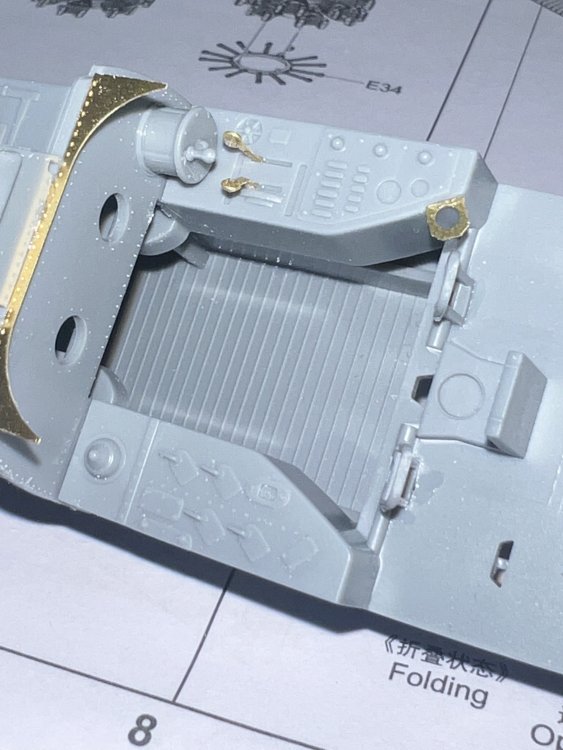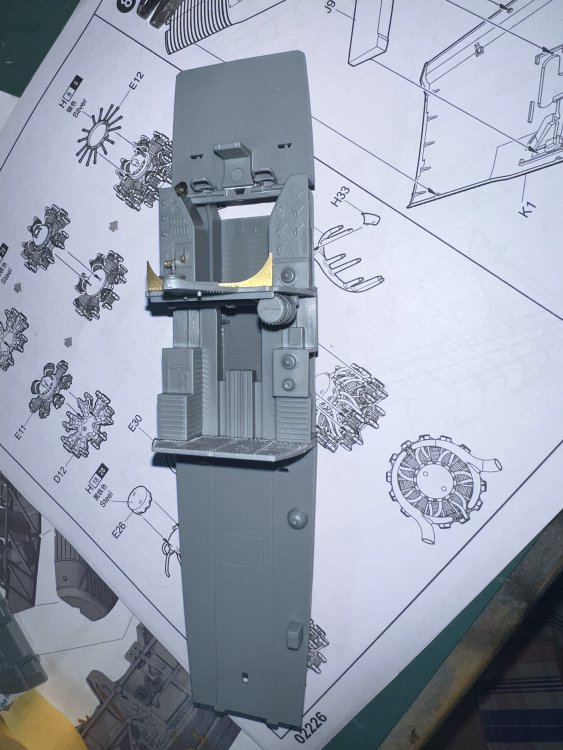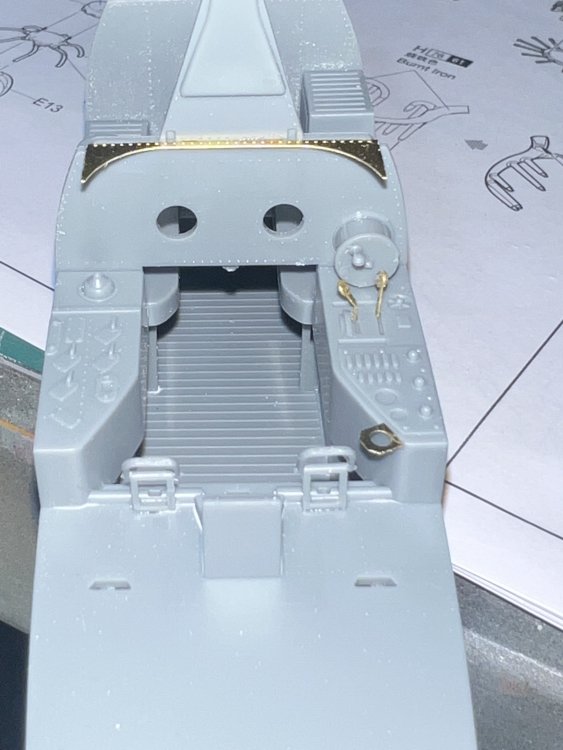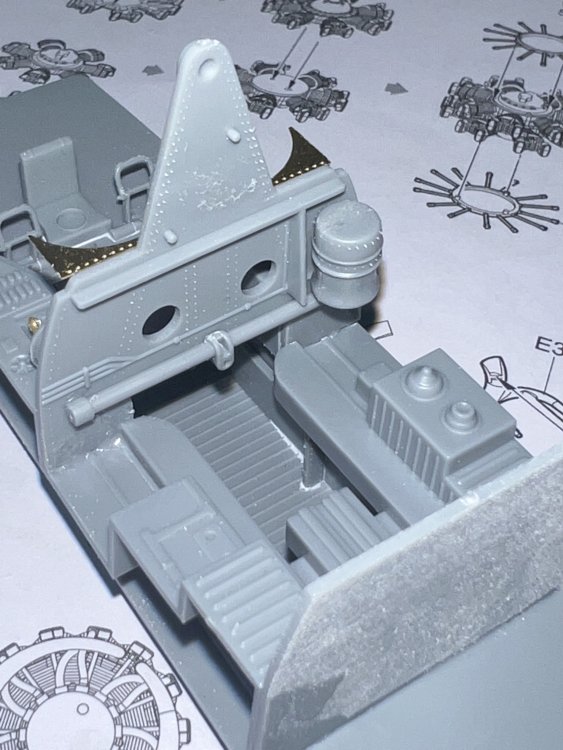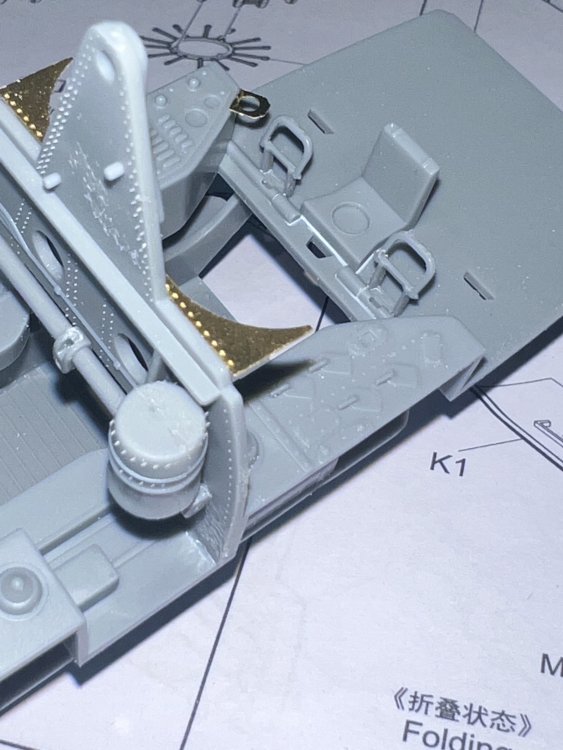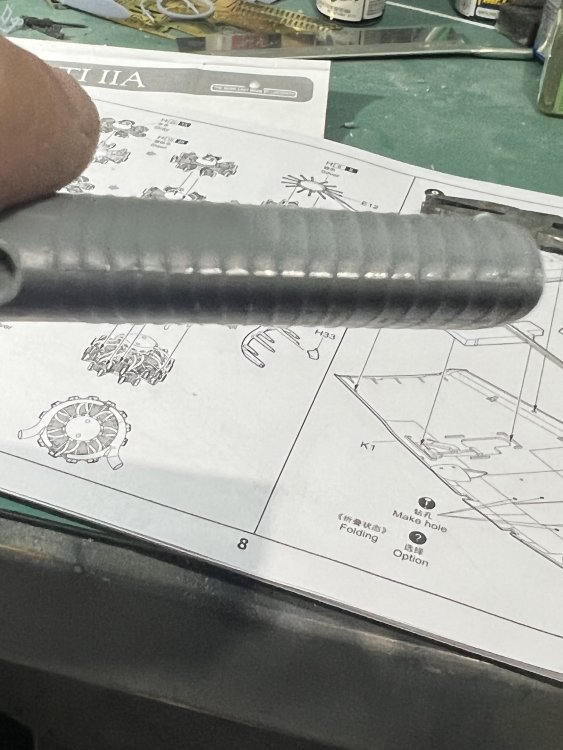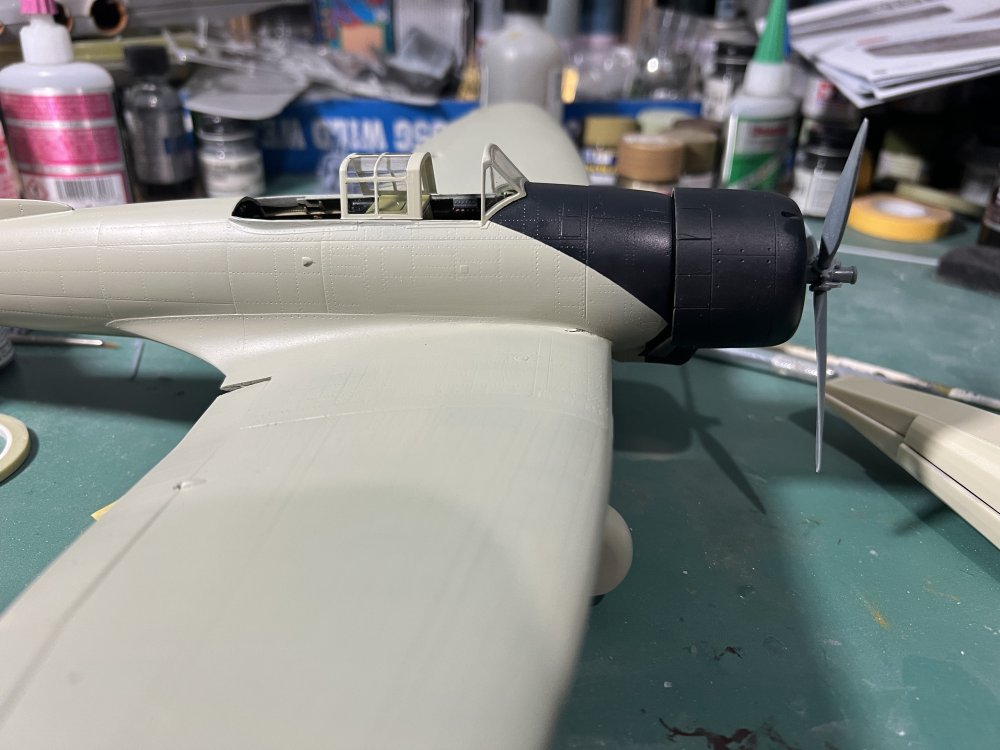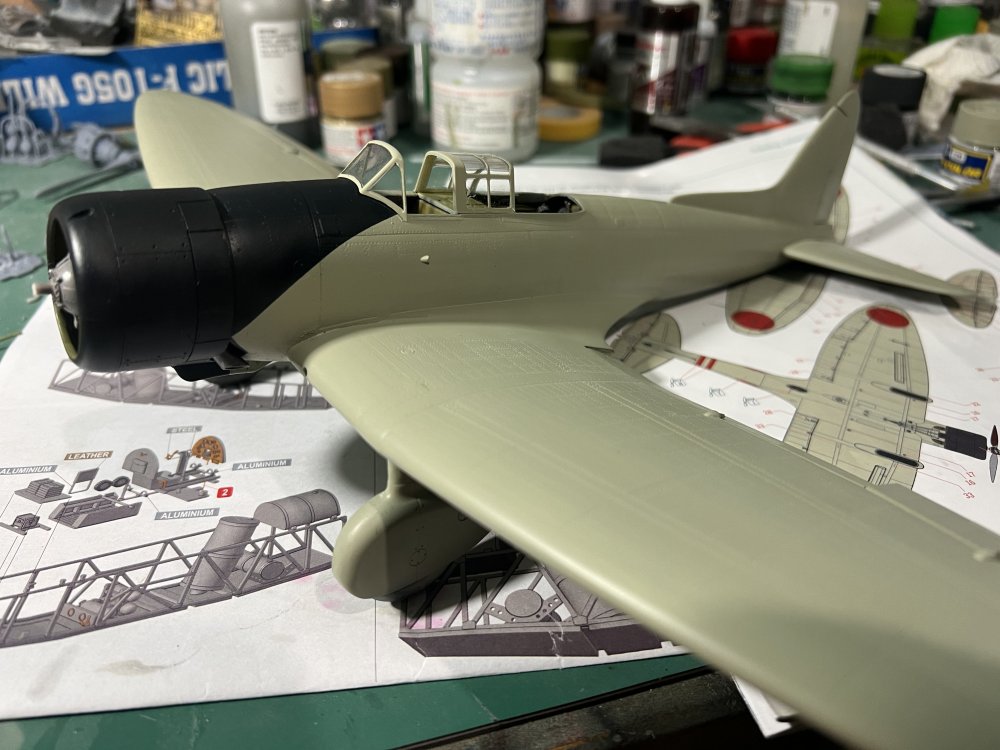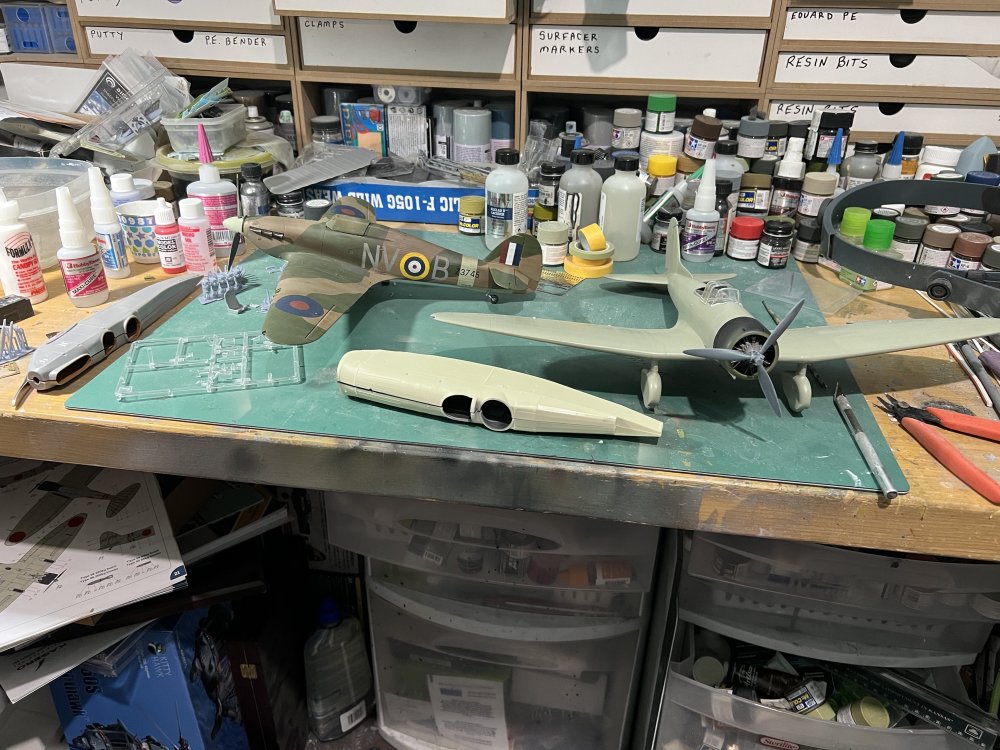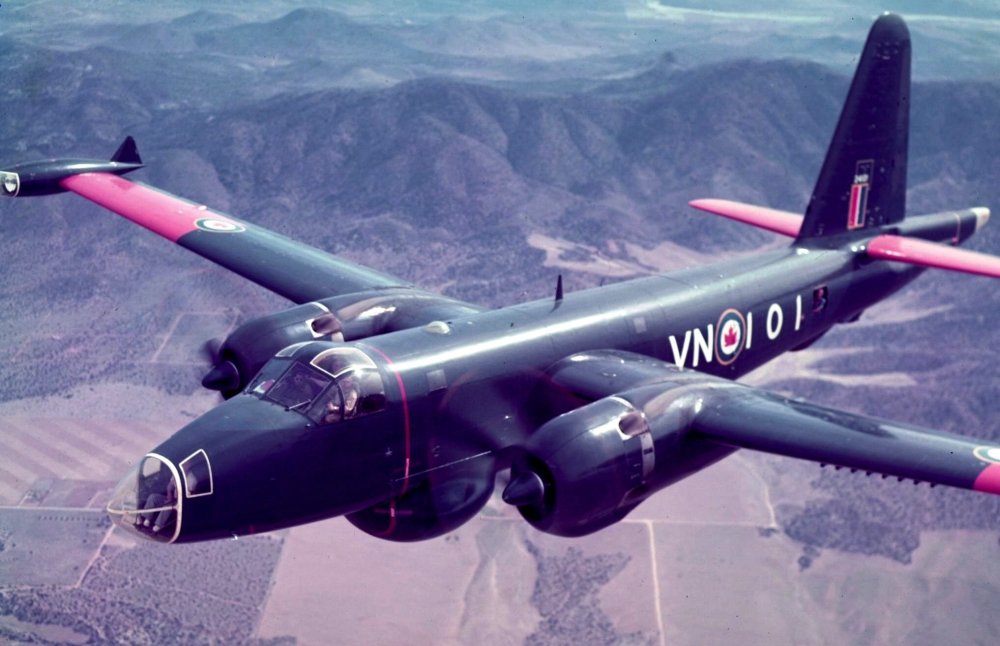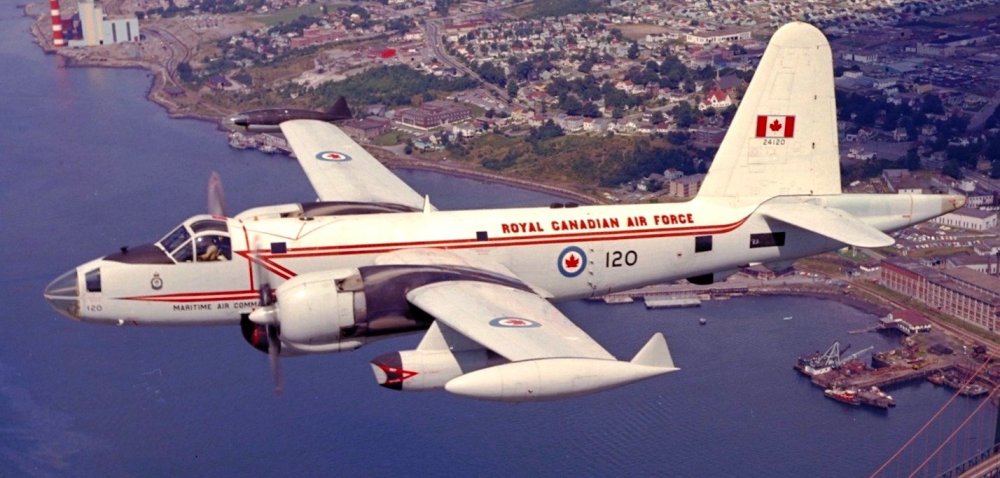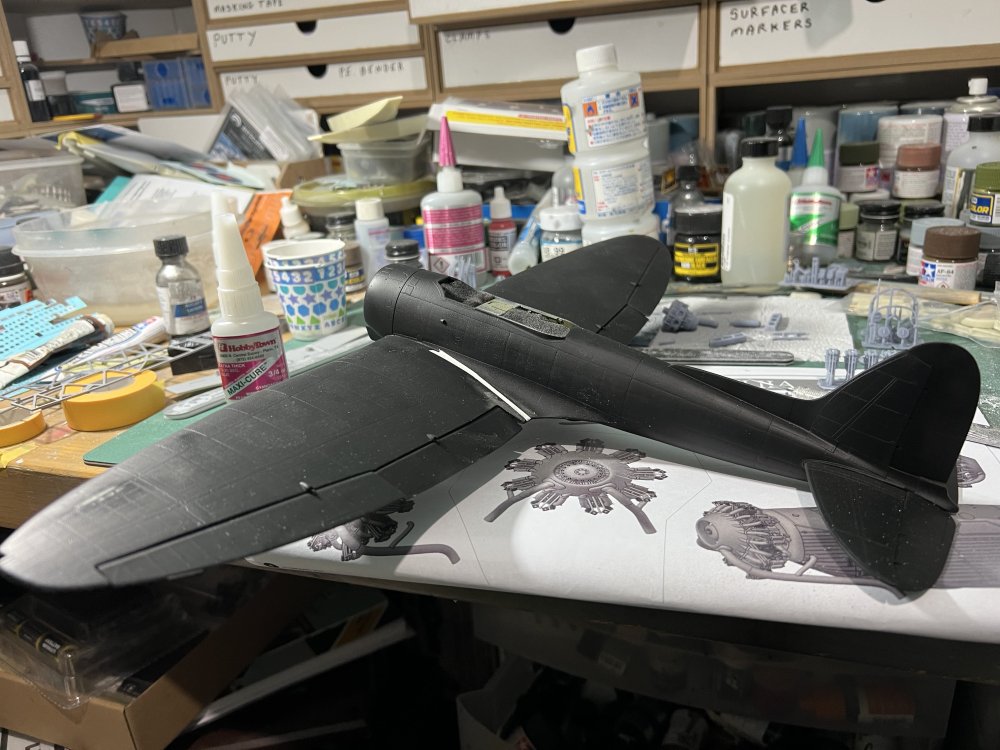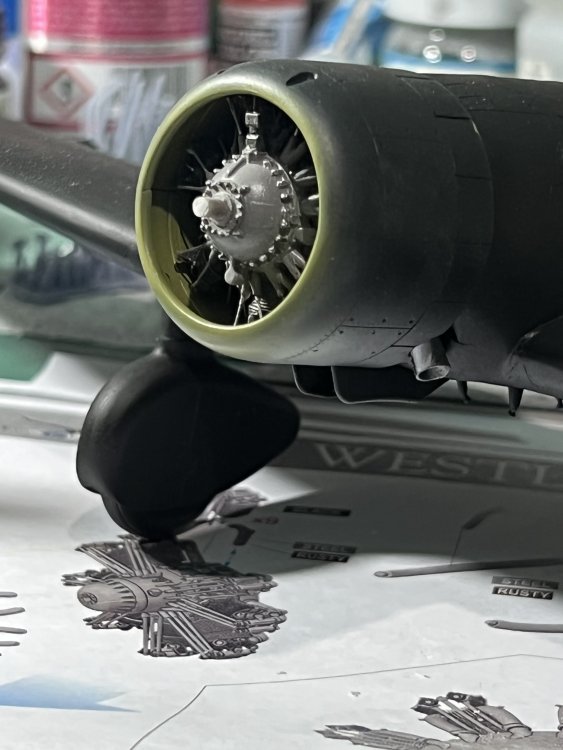-
Posts
7,188 -
Joined
-
Last visited
Content Type
Profiles
Forums
Events
Gallery
Everything posted by Clunkmeister
-
I have decided to do something a bit different this time. We will have two winners, first and second. Plus last place. Last place will need to provide the prizes, however have no fear, the 9 year old judges already told me my half finished build sucks, so I guess I’m it 😂 Two kits: both brand new releases. An Infinity/HPH D3A1 Val, and a Trumpeter Devastator. First place gets to choose, second place gets the kit the other guy didn’t take. Two truly awesome kits, two awesome models to be chosen. Let the games finish up.
- 19 replies
-
- 13
-

-

-
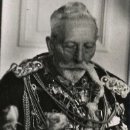
Trumpeter TBD-1 Devastator
Clunkmeister replied to Clunkmeister's topic in LSM 1/35 and Larger Work In Progress
Yep, knowing Trumpeter, it’s way iff, but assuming they pantographed the 1/48 GWH kit, it should be accurate-ish. -

Trumpeter TBD-1 Devastator
Clunkmeister replied to Clunkmeister's topic in LSM 1/35 and Larger Work In Progress
Tonight, I’ll put a review together -

Trumpeter TBD-1 Devastator
Clunkmeister replied to Clunkmeister's topic in LSM 1/35 and Larger Work In Progress
Cockpit quickie. There seems to be a decent level of detail, and this is going to really POP with Quinta, Red Fox, or Yahu 3D decals.- 94 replies
-
- 12
-

-

-

Trumpeter TBD-1 Devastator
Clunkmeister replied to Clunkmeister's topic in LSM 1/35 and Larger Work In Progress
Engine? Typical a trumpeter engine. A real decent level of detail, but no idea on accuracy. I’ll need to look.- 94 replies
-
- 11
-

-

-

-
A quick look at the corrugating. This seems to come together nicely. opinions? I intend to do a quick in box review followed by a very fast, 100% straight OOB “slap it together and check the fit” build. Probably a waste of a hundred bucks, but I’m really really curious about this.
- 94 replies
-
- 11
-

-
I see the front of the wing root filler is cracking. Oh Milliput! Where are you? update: rolled an itty bitty string of Milliput into the front wing roots, and jammed it in as far as it’ll go. Today, I sand and smooth, then repaint those tiny areas. Then a bit of a lighter faded highlighting a few areas, high points, and panels, and after some streaking and general light mucking up, we see about decals. Maybe mask and spray the Hinumaru areas, and see what gives. Imhave all the respect in the world for those who went to war in these aircraft. They were apparently a delightful and responsive machine in the air, but so is a Beech Bonanza, and this machine has about as much battle damage protection as the Bonanza. 😵💫😵💫😵💫 No wonder they were so easy to flame when the incendiary rounds started flying.
-
I’m thinking of waiting until the new decal sets from Art Scale arrive on the market within a few weeks. Mike Swinburne is developing a new 3D prop hub for this as well. I think this will go on a table at the IPMS USA Nationals, along with my Lanc and Helldiver, Hurricane, and possibly either a Devastator or Wapiti in the Display Category.
-

Second Cavalier F-51D build
Clunkmeister replied to JohnB's topic in LSM 1/35 and Larger Work In Progress
John, this looks amazing, man! I NEED to get a couple of these. -

ICM Fiat CR-42CN 1:32
Clunkmeister replied to shadowmare's topic in LSM 1/32 and Larger Aircraft Ready for Inspection
Very, VERY nice build! I LOVE it! Superb! -
Mine is on order as well. They took my money, but so far, no kit. Hopefully by month end.
-

My Airfix 1/24 scale Typhoon
Clunkmeister replied to Irishman1's topic in LSM 1/35 and Larger Work In Progress
Looking good so far! Very nice -
They were one seriously cool patrol bomber. An RCN Neptune in GSB,…. Ooooooh.
-
Yep, reservations are now open. It’s gonna be a $450 kit, so if you want one, order now and you’ll save 20%. Thats a lot of money. No payment due yet, until production starts
-

Laminar Flow 1/32 P-51B conversion
Clunkmeister replied to Peterpools's topic in Modelling Discussion
A P-51B, model wise at least, is almost a complete new kit. Wing is different as well as the fuselage. -
Now we need a 1/16 Me.323 for that.
-
Every year, we here about the impending demise of large scale models. With Tamiya taking a break on them, and Hasegawa slow rolling new releases… But this year alone: Revell Hurricane llb ICM CH-54 Tarhe. HKM A-20 Havoc/Boston. Infinity Aichi D3A1. GWH Tomahawk. Airfix Spitfire Lukgraph Westland Wapiti And that’s just aircraft off the top of my head. Plus 1/16 armor coming out the ying yang. Yep, I’m happy. But hey, something’s got to go sideways. Maybe Border will announce all future aircraft kits in 1/35, and all future helicopters in 1/32. 😂


